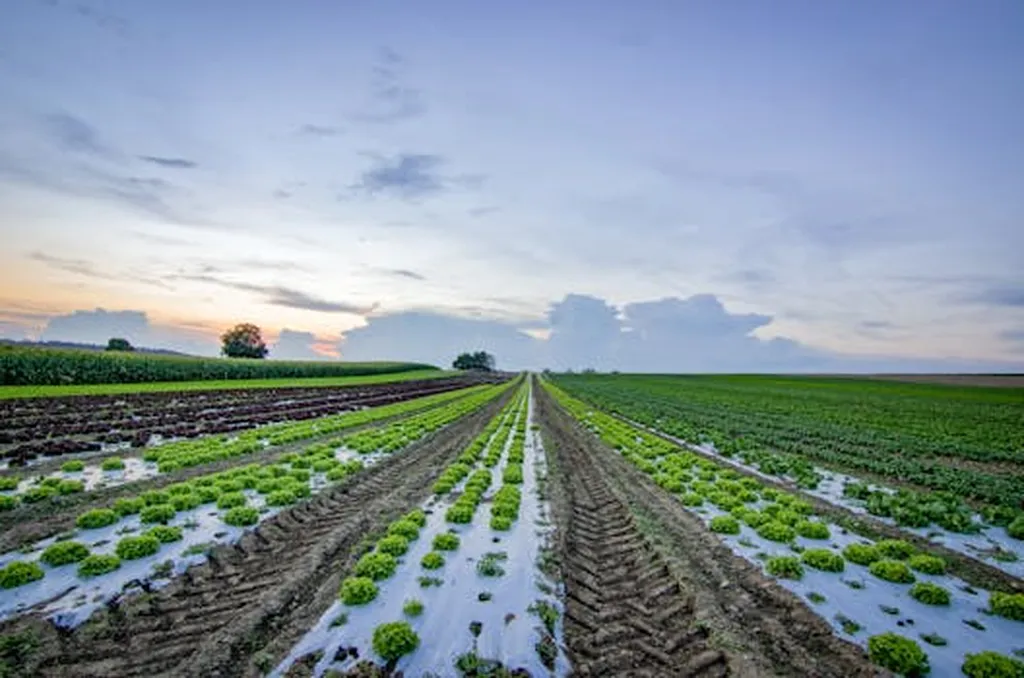In the heart of East Africa, Tanzania’s agricultural landscape has been undergoing significant changes, and a recent study led by Jiaqi Zhang from the Social Development Research Center at Zhengzhou University of Light Industry in China sheds light on the spatiotemporal evolution of croplands in the country from 1990 to 2020. The research, published in the journal ‘Land’ (which translates to ‘Land’ in English), offers valuable insights into the dynamics of rainfed and irrigated croplands, with implications for agricultural transformation, food security, and sustainable land use.
The study reveals that Tanzania’s total cropland area has seen a net increase over the past three decades, primarily driven by the expansion of irrigated cropland. This growth has offset the volatile decline of rainfed cropland, which has shown intense bidirectional conversion with shrubland and forest from 1990 to 2000. “The results indicate a complex interplay between different land cover types and cropland areas,” Zhang explains. “Understanding these dynamics is crucial for guiding agricultural policies and ensuring food security.”
Spatially, the study highlights that rainfed cropland dominates the central, lake, and western zones of Tanzania, while irrigated cropland is predominantly concentrated in the western and southern highland areas. The hotspots of rainfed cropland have shifted from extensive expansion in the central and western zones during the 1990s to localized growth in mountainous areas by the 2010s. Meanwhile, irrigated cropland hotspots have evolved from a lakeside-concentrated pattern to contiguous development in the central and western zones.
The research also identifies key determinants of cropland distribution. Rainfall is found to be a significant factor influencing rainfed cropland, while the density of river networks and road networks exerts a growing influence on irrigated cropland. “These findings can help policymakers and agricultural stakeholders make informed decisions about land use and investment,” Zhang notes.
The implications of this research extend beyond Tanzania, offering valuable insights for other regions in Africa and beyond. As the global population continues to grow, understanding the spatiotemporal dynamics of croplands will be crucial for ensuring food security and promoting sustainable land use practices. The study’s findings can guide agricultural transformation, helping to optimize land use and improve agricultural productivity.
Moreover, the research highlights the importance of investing in infrastructure, such as irrigation systems and road networks, to support the expansion of irrigated cropland. This can have significant commercial impacts for the energy sector, as increased agricultural productivity can drive demand for energy and related services.
In conclusion, the study led by Jiaqi Zhang provides a comprehensive analysis of the spatiotemporal evolution of croplands in Tanzania, offering valuable insights for policymakers, agricultural stakeholders, and the energy sector. As the world grapples with the challenges of feeding a growing population, understanding these dynamics will be crucial for promoting sustainable land use and ensuring food security. The research, published in ‘Land’, serves as a timely reminder of the complex interplay between land use, agriculture, and infrastructure, and the need for informed decision-making to address these challenges.

